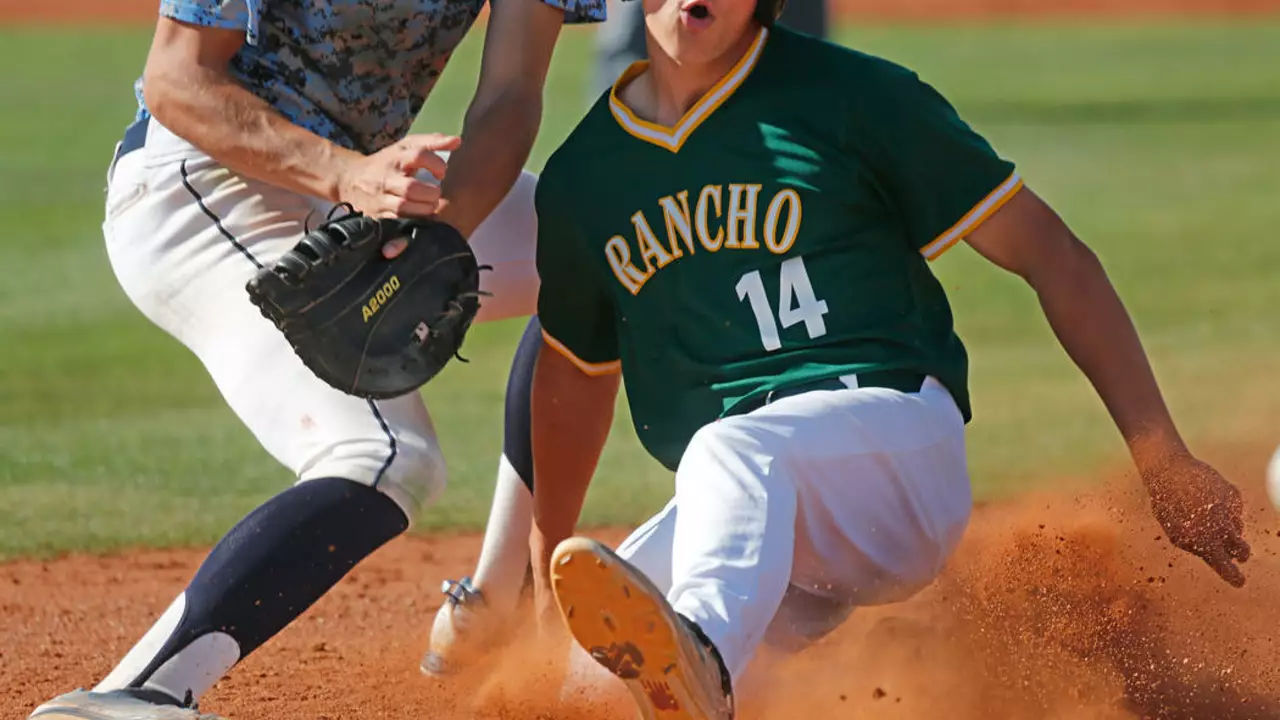Sports Instruction: Health and Fitness Tips for Baseball Players
When working with Sports Instruction, the practice of teaching athletes how to improve performance, prevent injury, and master technique. Also known as Athletic Coaching, it turns raw talent into reliable skill. Baseball, America’s pastime that blends speed, strategy, and precise hand‑eye coordination relies heavily on Foot Health, the condition of bones, joints, muscles, and skin that supports balance and power in any sport. When foot health is solid, Balance Training, exercises that improve proprioception and stability for better movement control becomes more effective. For athletes facing unique challenges, Custom Footwear, personalized shoes designed to address specific biomechanical needs can make the difference between struggling and thriving.
Adapting Your Game When Your Body Changes
Sports instruction encompasses playing adaptations. If you lose a big toe, the body still tries to push off, but the leverage shifts. Strengthening the remaining toes, calves, and core compensates for the missing pivot point. Simple drills—like single‑leg hops, lateral shuffles, and short sprints—train the nervous system to rewire balance cues. Pair those drills with sports instruction that emphasizes gradual progression; start slow, build confidence, then add intensity.
Foot health influences balance training directly. Adding orthotic inserts or a grip‑enhancing insole to your custom footwear can restore stability during rapid base runs. Coaches often recommend a short “toe‑up” stance for hitters with reduced push‑off power, allowing the front foot to act as a spring board while the back foot provides support. This stance modification is a classic example of how playing adaptations are rooted in biomechanics and coaching insight.
Beyond the field, injury prevention is a constant theme in sports instruction. Regular mobility work—ankle circles, calf stretches, and toe curls—keeps the foot complex supple. When you combine mobility with strength, the risk of compensatory injuries elsewhere (like the knee or hip) drops dramatically. Many baseball programs now schedule weekly foot‑focused sessions because they know a stable base equals a stronger swing and faster sprint.
All of these ideas flow into the article collection below. You'll discover detailed guides on modifying stances, choosing the right custom shoes, and building a balanced training routine that keeps you on your feet—no matter what challenges arise. Dive in and find the practical steps that will help you stay fit, stay safe, and keep playing the game you love.
- Quinton Stryker
- 0
How to play baseball with a missing big toe on your foot?
Playing baseball with a missing big toe might seem challenging, but it's definitely possible. The key is to adapt your stance and movements to compensate for the lost balance and power usually provided by the big toe. It's crucial to focus on strengthening your other toes and leg muscles to aid in running and pivoting. Using customized footwear can provide extra support and comfort. Remember, patience and perseverance will be your best allies in this journey.
Read more